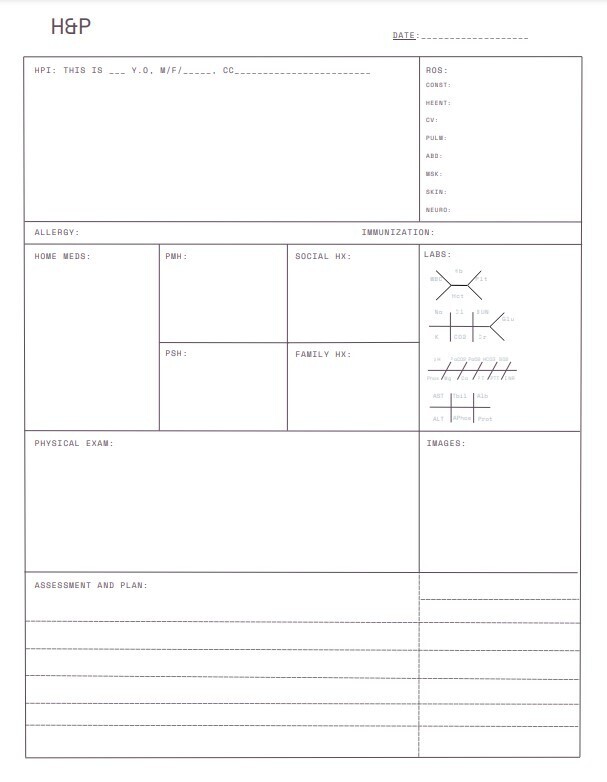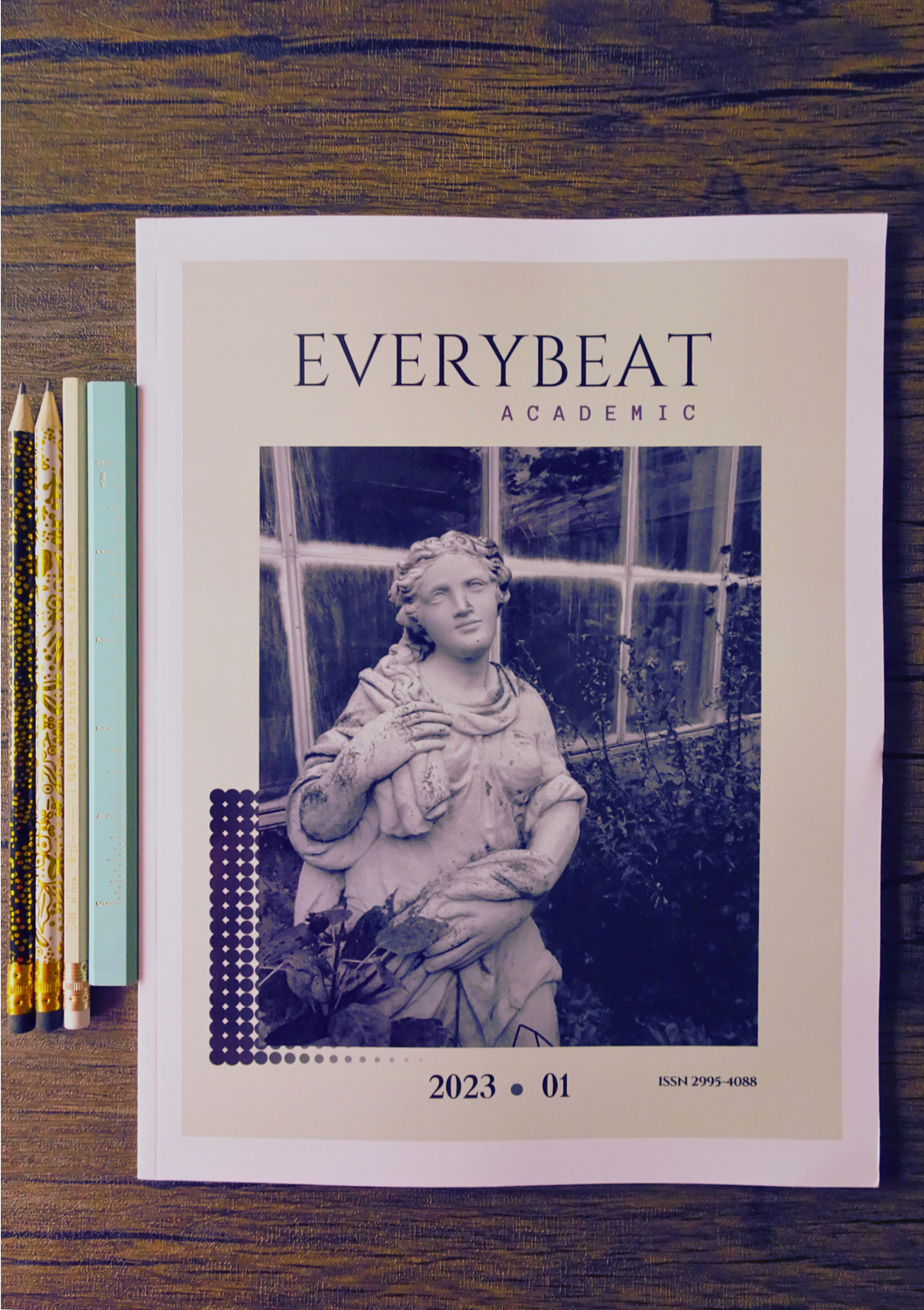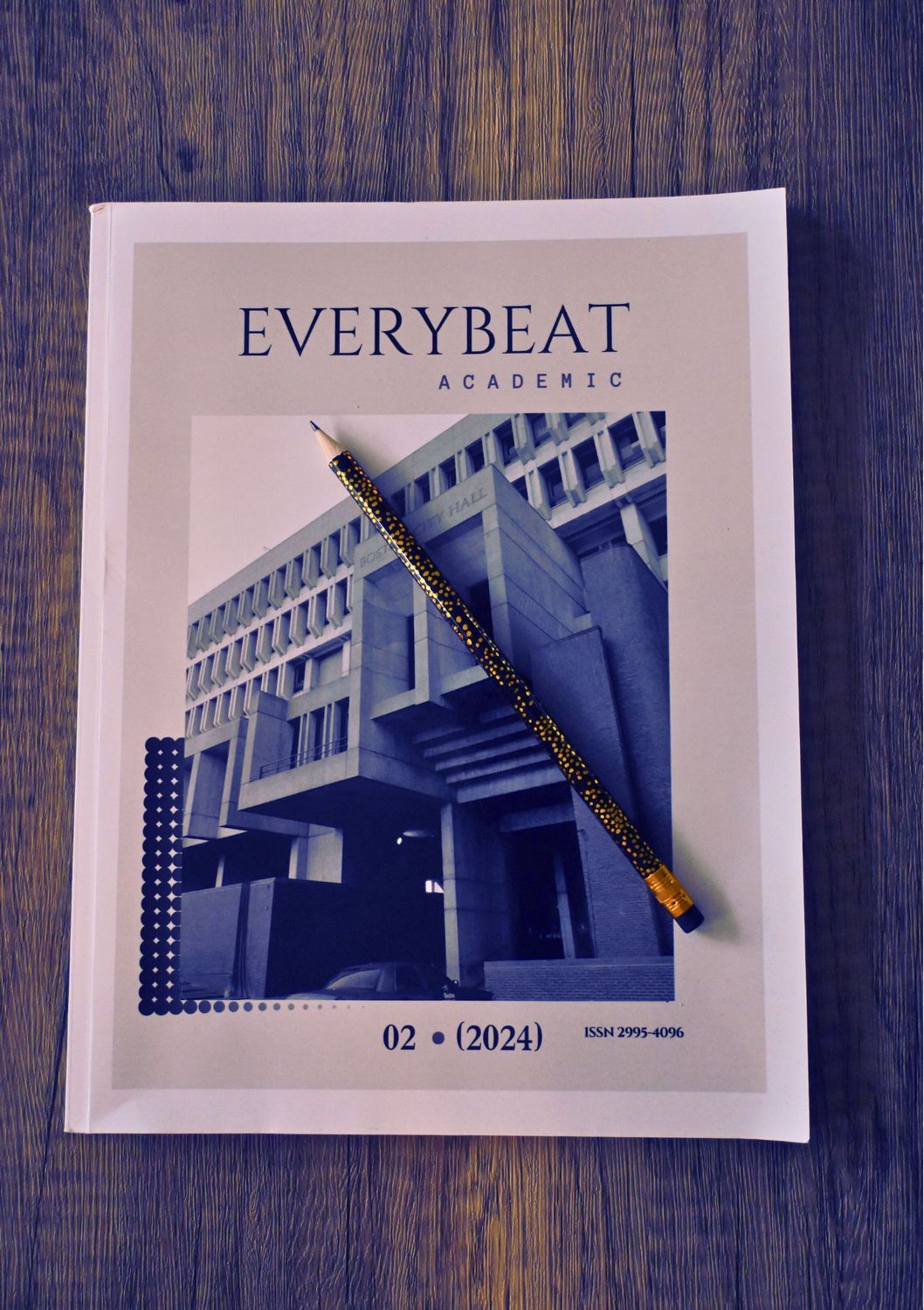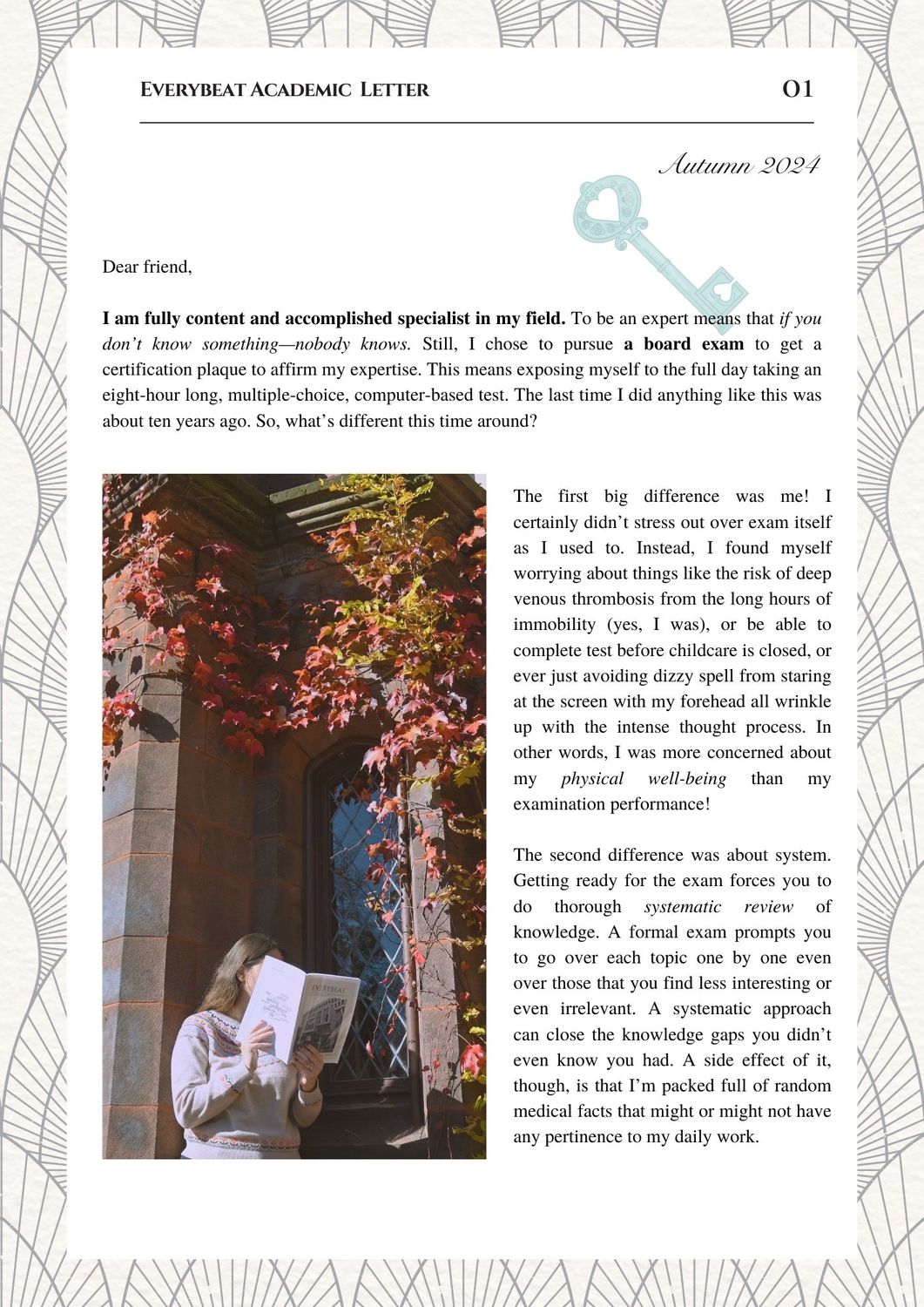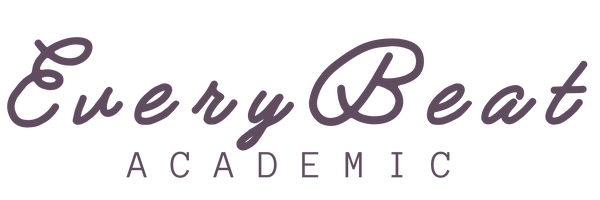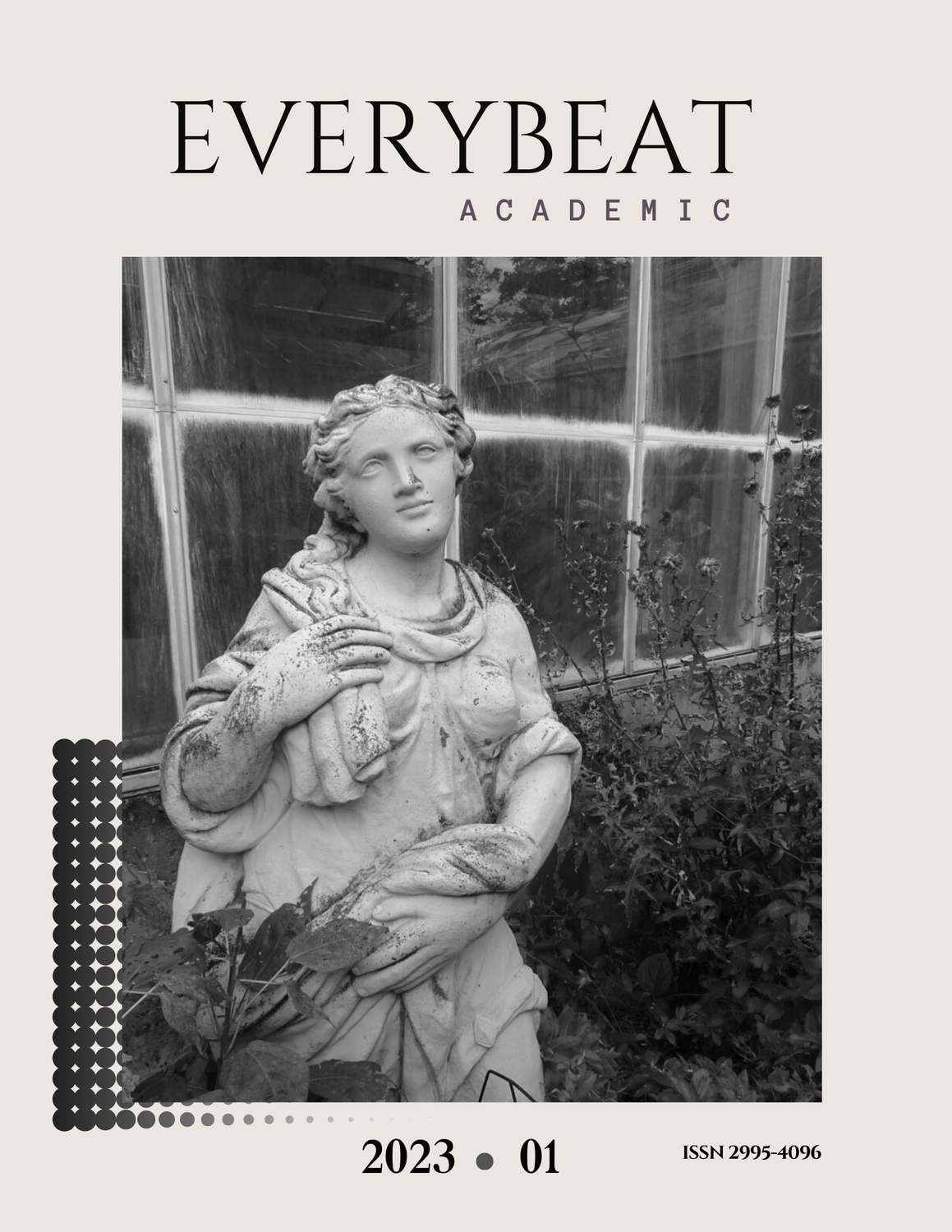
Everybeat Academic Magazine PDF - 2023.01 issue
Everybeat Academic Magazine PDF - 2023.01 issue
Beyond the Battlefield. Story of Educational Resilience.
$4.28
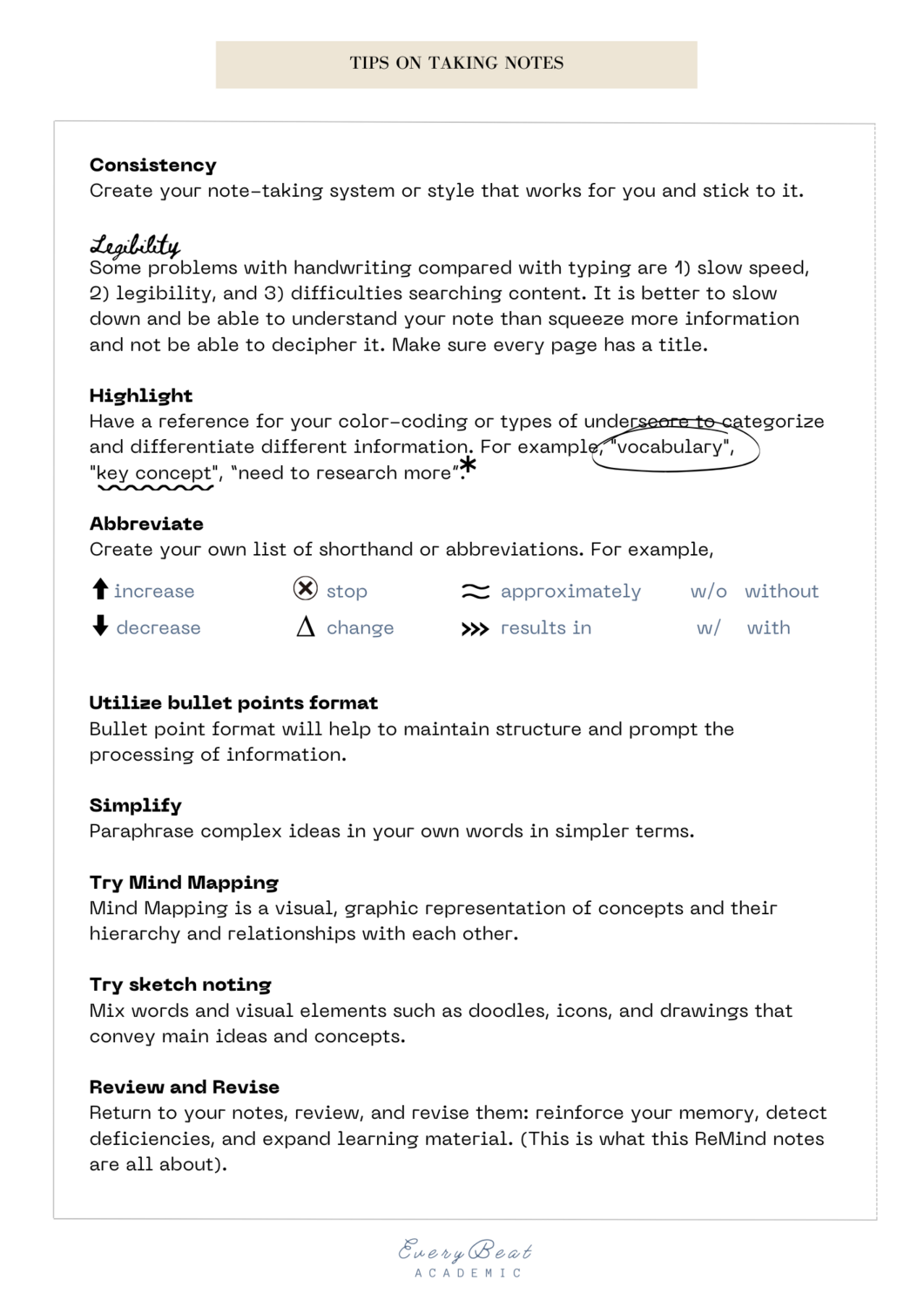
Tips on Taking Notes and Memorization
Tips on Taking Notes and Memorization
A FREE supplement to ReMind notes
$0.00
Display prices in:USD
